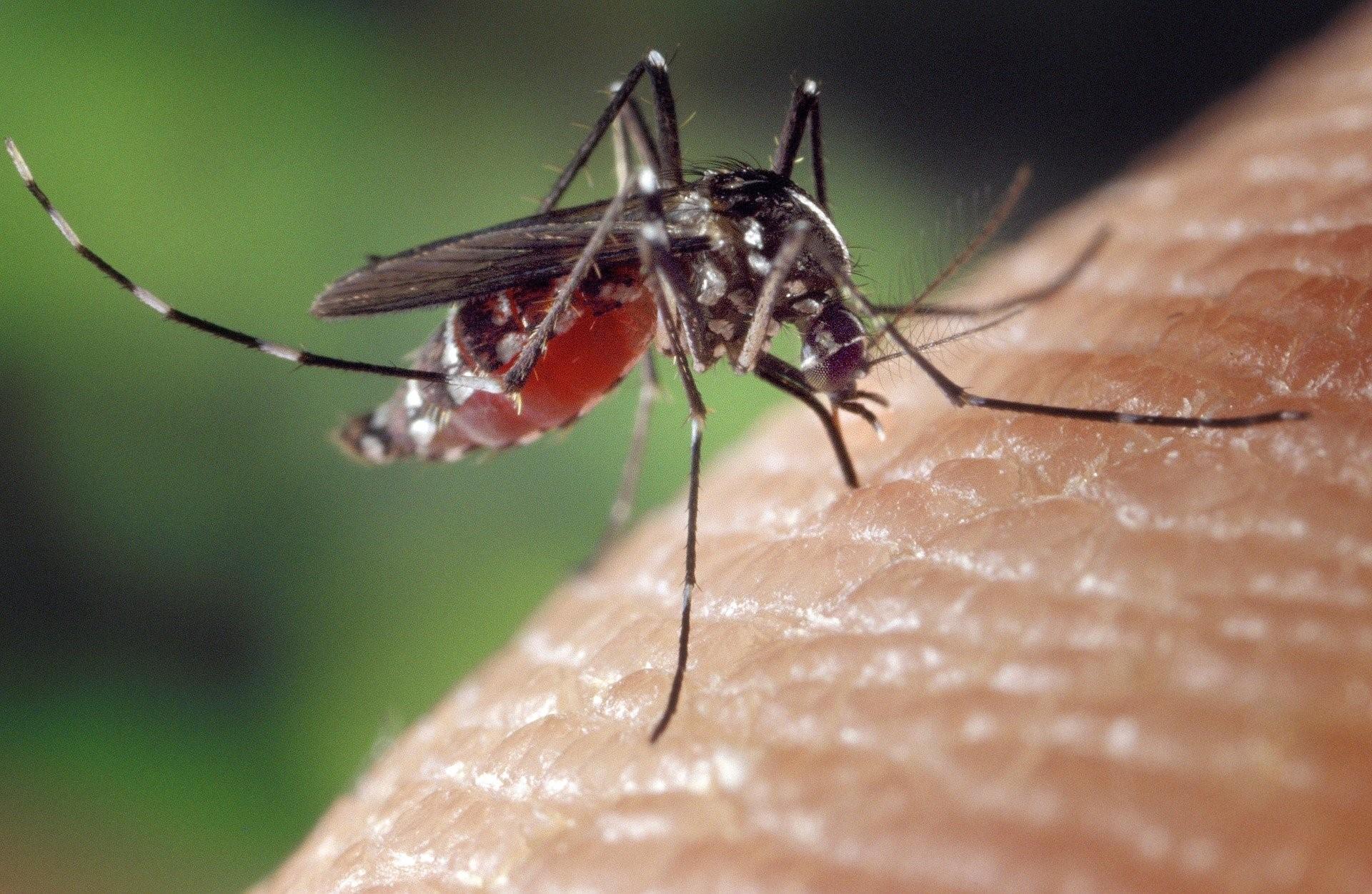A distinct class of internal ribosomal entry site in members of the Kobuvirus and proposed Salivirus and Paraturdivirus genera of the Picornaviridae
The 5?-untranslated regions (5' UTRs) of picornavirus genomes contain an internal ribosomal entry site (IRES) that promotes the end-independent initiation of translation. Picornavirus IRESs are classified into four structurally distinct groups, each with different initiation factor requirements. Here, we identify a fifth IRES class in members of Kobuvirus, Salivirus, and Paraturdivirus genera of Picornaviridae: Aichi virus (AV), bovine kobuvirus (BKV), canine kobuvirus (CKoV), mouse kobuvirus (MKoV), sheep kobuvirus (SKV), salivirus A (SV-A), turdivirus 2 (TV2), and TV3. The 410-nucleotide (nt)-long AV IRES comprises four domains (I to L), including a hairpin (L) that overlaps a Yn-Xm-AUG (pyrimidine tract/spacer/initiation codon) motif. SV-A, CKoV, and MKoV also contain these four domains, whereas BKV, SKV, and TV2/TV3 5' UTRs contain domains that are related to domain I and equivalent to domains J and K but lack an AV-like domain L. These IRESs are located at different relative positions between a conserved 5?-terminal origin of replication and divergent coding sequences. Elements in these IRESs also occur elsewhere: domain J's apical subdomain, which contains a GNRA tetraloop, matches an element in type 1 IRESs, and eIF4G-binding motifs in domain K and in type 2 IRESs are identical. Other elements are unique, and their presence leads to unique initiation factor requirements. In vitro reconstitution experiments showed that like AV, but in contrast to other currently characterized IRESs, SV-A requires the DExH-box protein DHX29 during initiation, which likely ensures that the initiation codon sequestered in domain L is properly accommodated in the ribosomal mRNA-binding cleft.
